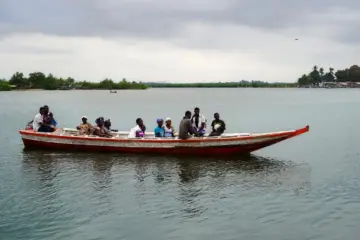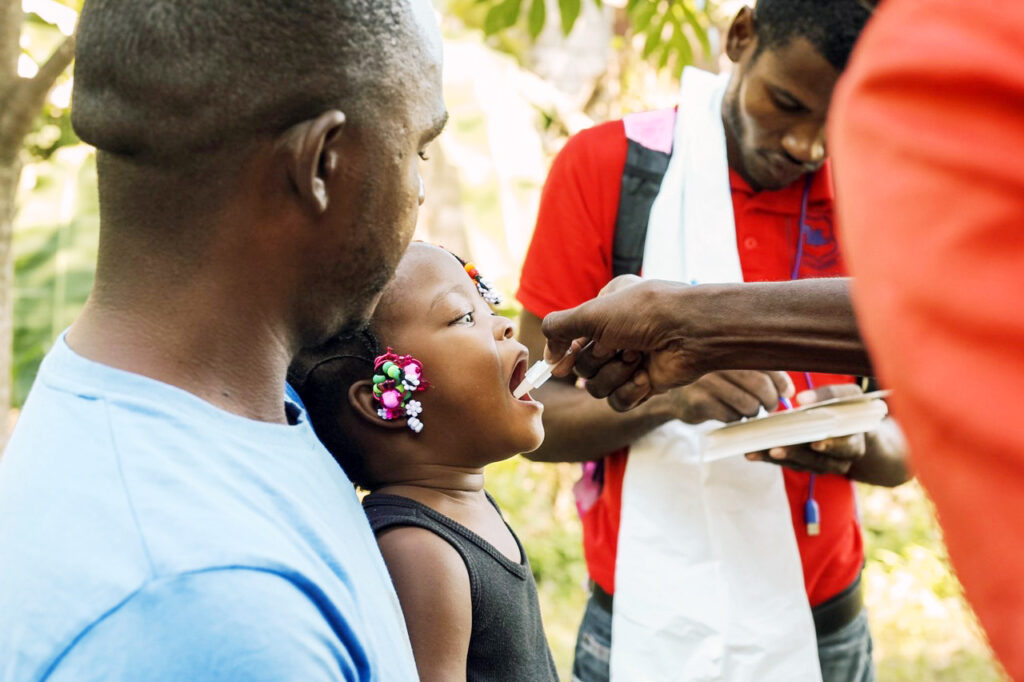Testing for COVID-19 Along the Haiti-Dominican Republic Border
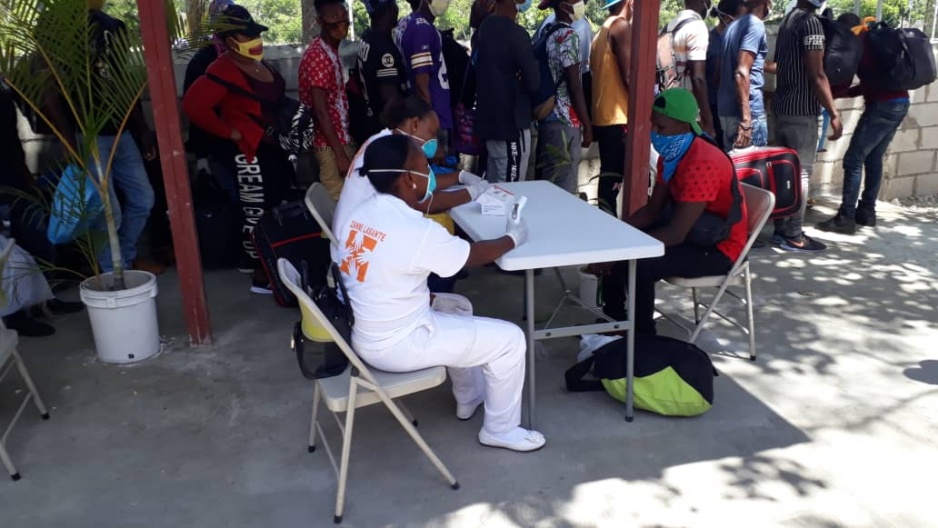

Following the first confirmed COVID-19 case on March 19, the Haitian government announced the closure of the country’s main point of entries, including ports, airports, and the border with the Dominican Republic.
For more than 15 years, Zanmi Lasante (ZL)—as Partners In Health is known in Haiti—has been providing health care at the border in Belladère at the Hôpital Notre Dame de la Nativité. In early March, ZL collaborated with the region’s health director to place a medical team at the Elias Pina-Belladère crossing, where migrants pass daily. As part of those efforts, the team has collected demographic and health information related to COVID- 19 and taken migrants’ temperature.
Despite the official closure of both sides of the border, native Haitians have self-deported by the hundreds daily in cramped buses, where they are unable to maintain social distancing and often travel without personal protective equipment, such as masks and gloves. Health experts fear that this unprecedented migration could fuel transmission of the virus throughout Haiti.
ZL has been involved in all aspects of the fight against COVID-19, but is uniquely positioned to respond to this need for screening along Haiti’s eastern border. Leadership and staff believe that prevention, especially stopping transmission through rigorous testing and contact tracing, remains essential for control of the pandemic.
Below, ZL staff working in Belladère talk about the process travellers undergo at the border, the reactions they’ve received so far, and why they believe this work is important in stopping the spread of COVID-19 in Haiti.
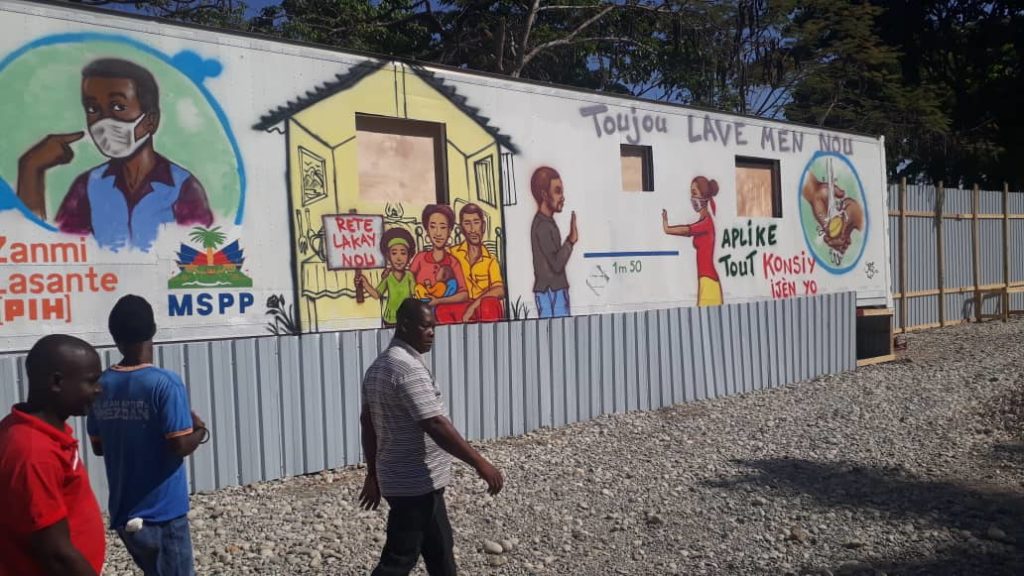
When did border testing in Belladère begin?
Testing at the border began on April 7.
Tell me about the COVID-19 screening process for travellers arriving in Haiti.
Upon arriving at the border, they are welcomed and invited to disinfect their shoes and wash their hands. Those who don’t have a mask are given one. Then they sit down in order of arrival while giving priority to pregnant women, travelers with children, and the elderly. They receive an educational session on COVID-19.
Afterwards, travellers go see a service provider, who is equipped with a tablet and a thermometer, and respond to a questionnaire. After the questionnaire is completed, they are invited to come to the lab, where pre-test counselling is done, and the test is completed.
Using rapid diagnostic tests (RDTs), trained personnel place a drop of the traveller’s blood onto a device that tests for antibodies, which are produced in individuals whose immune systems have successfully fought off the virus.
After about 15 minutes, RDT test results are available. If the test is negative, ZL staff reinforce advice on how to prevent the transmission of COVID-19, and the traveller is able to leave.
How many people have already been tested? And how many have tested positive?
As of this week, more than 1,750 people have been tested, with 39 positives. Of this last group, four travellers were confirmed positive for COVID-19 through a PCR, or polymerase chain reaction, test conducted later at a higher-level facility.
What is the process for those who are positive?
We proceed with meticulous counselling, while informing them that they are suspect cases and that another confirmatory test is mandatory. For this reason, they must be referred to ZL’s University Hospital in Mirebalais or to the ZL-supported hospital in Hinche to be quarantined and await results from a PCR test. PCR tests are only being analyzed by the National Lab in the capital of Port-au-Prince.
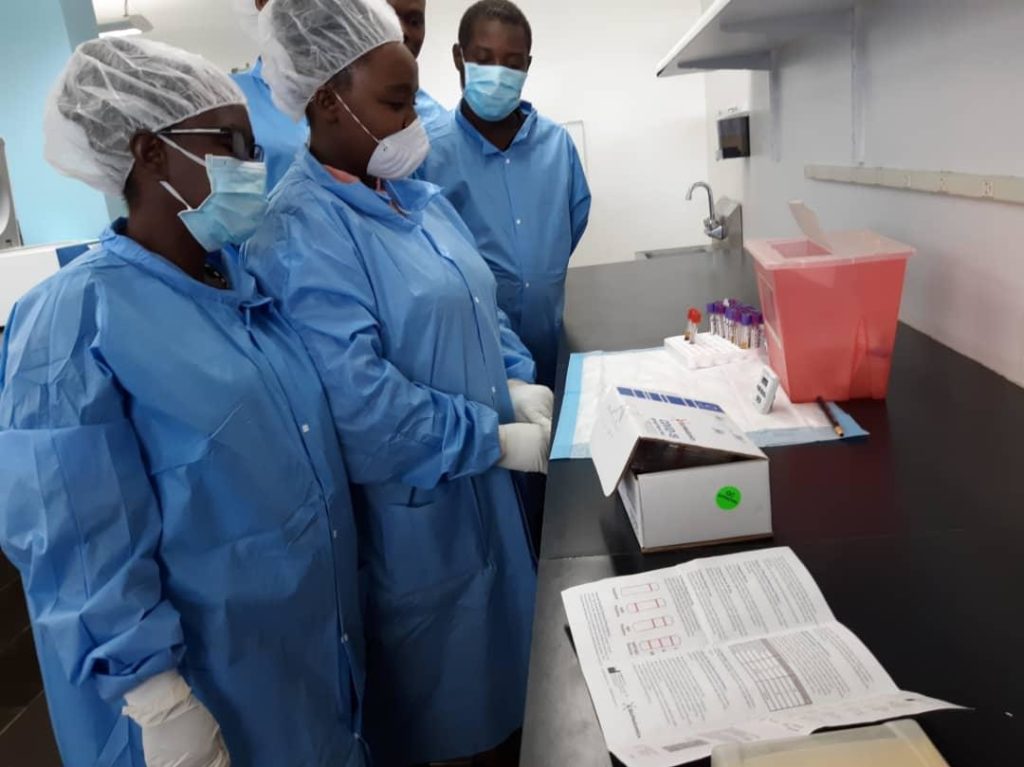
Why did ZL decide to start testing at the border?
ZL leadership wanted to determine the maximum number of suspected cases passing through the Belladère border and, using that knowledge, help stop or reduce the spread of the virus throughout Haiti.
What type of reception has ZL staff received to this border screening?
In general, people accept being tested. However, they often arrive in large numbers from a long journey—sometimes lasting several hours or even several days. If they could, they would avoid all screening to be able to continue on their journey home. We did have a case were two people who were in quarantine in Hinche escaped. But luckily, we were able to find them, talk to them about the importance of quarantine, and welcome them back into care.
What are people’s reactions to being tested?
This only poses a problem when the people being tested are asymptomatic, get a positive result, and must be placed in quarantine. They don’t want to be placed in quarantine, because they don’t think they are infected and just want to go home.
Do staff feel nervous about being exposed to people who may test positive?
Staff doing the tests aren’t nervous about being infected, because they have proper personal protective equipment. Nevertheless, some are precautious and want to know their status before returning home so that they don’t put their families in danger of infection.
How do staff feel about the importance of this work?
Knowing that there are a lot of people who are infected in the Dominican Republic, they believe the work they are doing at the Belladère border is extremely important. It is important to know travellers’ status, because there is an imminent risk that they may be infected and subsequently may spread it to the Haitian population.
Article originally posted on pih.org
See how the PIH team in Sierra Leone has been preparing and responding to COVID-19.
